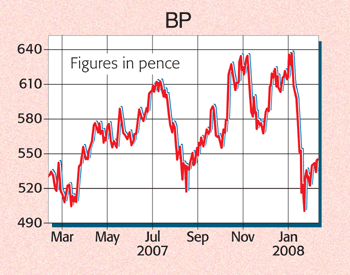
Getting old isn’t a prospect that anyone looks forward to. But it could become an even grimmer experience if the nation’s doctors have their way.
A recent report by Doctor magazine has revealed that one in three NHS doctors believe there should be a serious cut in treatments for elderly patients, especially those that are unlikely to get them back on their feet for long. It certainly sounds callous. But the truth is that doctors are wrestling with a problem that the rest of us haven’t woken up to yet: how we’re going to look after a rapidly-ageing population on what could amount to a shoestring budget.
It’s the same story in the US. The number of Americans over the age of 65 is set to double to nearly 80 million by 2045. The problem is that with Medicare running low (the traditional source of funding for health spending is expected to run dry by 2019), doctors are going to have to cut quite a few corners if they are going to be able to treat the increasingly geriatric and obese patients who will crowd into their waiting rooms.
But if there’s a silver lining to all this, it’s that your own pension fund can benefit from a pretty steady stream of income by investing in the companies that will help the elderly during their twilight years. Medical equipment makers, for example, can expect a windfall as they attempt to keep up with treating baby boomers – who expect a better standard of old age than their own parents experienced – for wear and tear. The global orthopedic industry is already growing at around 8% a year as the recently retired persevere with active leisure pursuits, such as skiing and hill walking.
Nursing-home operators are another boom industry in waiting. Occupancy levels are already rising across the US as the over-75s become the fastest-growing demographic in the country. Despite this, the number of nursing homes has actually fallen over the past decade, notes Dan Weiss on his Vestopia blog, as the industry recovers from a bad patch during the late 1990s. At the time, a slew of nursing operations folded as the US government pulled Medicare and Medicaid reimbursements and the industry was mired in litigation costs.
But with caps on litigation introduced, those nursing-home operators who survived the 1990s shake-out find they are in a far better position, particularly with healthcare spending expected to reach $4trn in the US alone by 2015. The rising cost of debt is a concern to an industry that has a habit of loading up to buy new property and make acquisitions, which is something to be aware of when investing in the sector (although the stock we like does not suffer from this issue). But the steady income streams derived from nursing-home patients – who can be in long-term care for 20 to 30 years or more – means that revenues are fairly predictable, while the ageing population means that demand can be expected to increase.
In any case, the most attractive thing about healthcare at the moment is its defensive qualities. It isn’t captive to consumer spending patterns, as most of the money comes from government and private insurance funding. We have a look below at one nursing-home operator that looks a good place to put your money during the uncertain times ahead.
Advocat is cleaning up in health care
One of the very few pure plays in the nursing home industry, Advocat (Nasdaq:AVCA) runs nursing homes in eight US states, with the largest concentration of facilities in Texas and Arkansas. The markets have been weary of the nursing sector since the debacle at the end of the 1990s. This saw the sector being de-rated – the company is valued on a forward p/e of ten – and Advocat certainly had its fair share of misery at the time, suffering cutbacks in Medicare payments following a wrongful death suit in Alabama. But Advocat made good use of its time in the doldrums, refinancing its debt and closing its Canadian facility, and it has now returned to financial health.
Medicaid payments from the government – which account for around 87% of sales – have been escalating over the last five years and occupancy rates have been on the rise across the board. And despite snapping up a series of rival homes at cheap valuations, occupancy rates still remain lower than competitors.
However, the company has renovated and upgraded its facilities, which should enable it to attract more clients. “This is my favourite stock in the health-care sector,” says Dan Weiss on his Vestopia blog – with strong operating cash flows, the company is an attractively priced play on the ageing population.